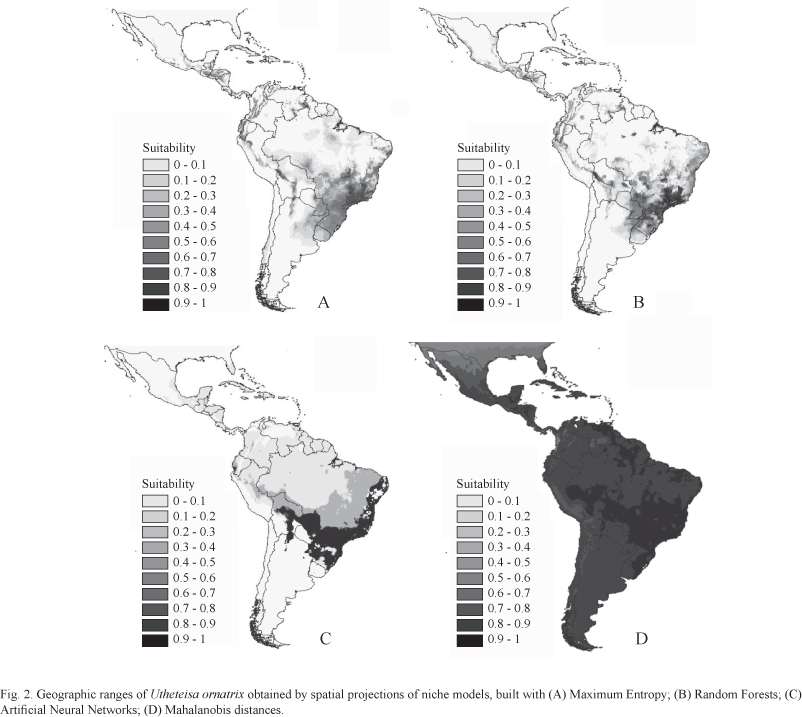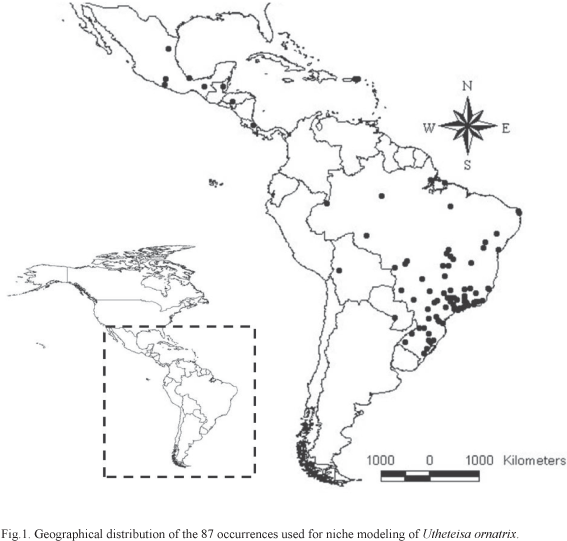Species' geographic ranges are usually considered as basic units in macroecology and biogeography, yet it is still difficult to measure them accurately for many reasons. About 20 years ago, researchers started using local data on species' occurrences to estimate broad scale ranges, thereby establishing the niche modeling approach. However, there are still many problems in model evaluation and application, and one of the solutions is to find a consensus solution among models derived from different mathematical and statistical models for niche modeling, climatic projections and variable combination, all of which are sources of uncertainty during niche modeling. In this paper, we discuss this approach of ensemble forecasting and propose that it can be divided into three phases with increasing levels of complexity. Phase I is the simple combination of maps to achieve a consensual and hopefully conservative solution. In Phase II, differences among the maps used are described by multivariate analyses, and Phase III consists of the quantitative evaluation of the relative magnitude of uncertainties from different sources and their mapping. To illustrate these developments, we analyzed the occurrence data of the tiger moth, Utetheisa ornatrix (Lepidoptera, Arctiidae), a Neotropical moth species, and modeled its geographic range in current and future climates.
Arctiidae; climate change; geographic range; niche models; uncertainty












